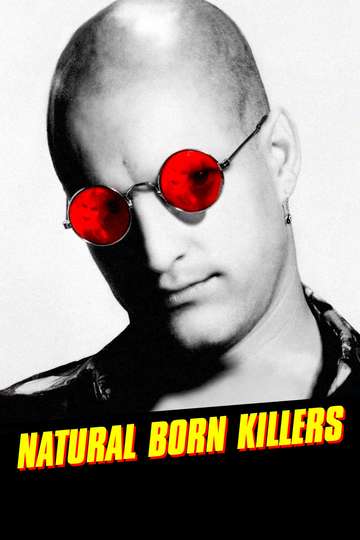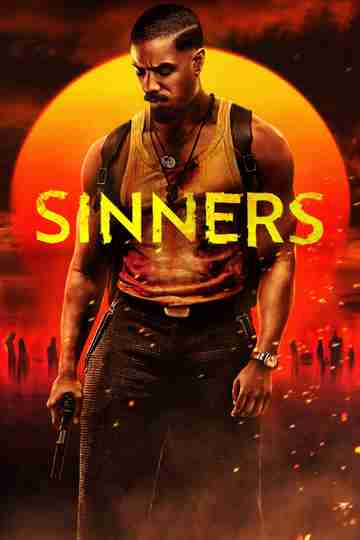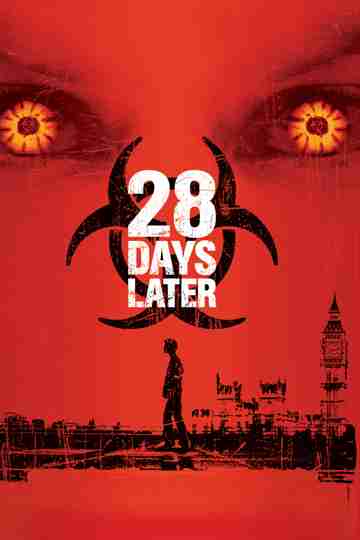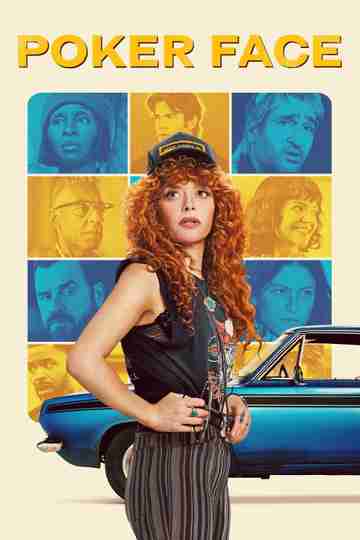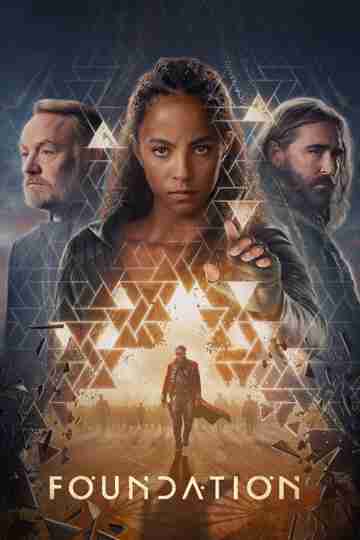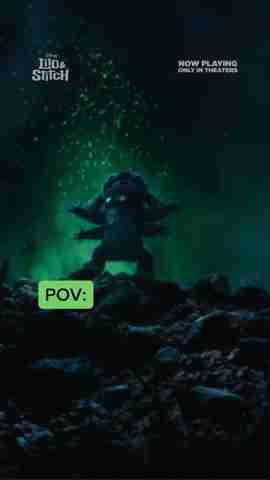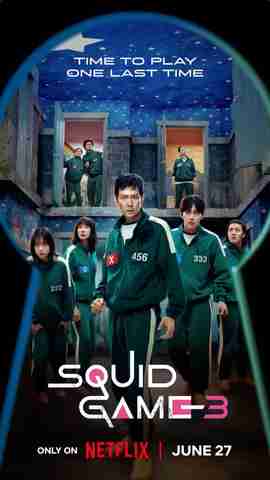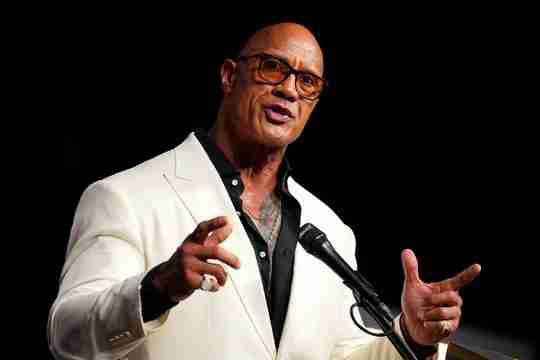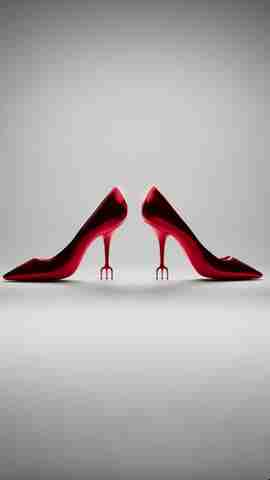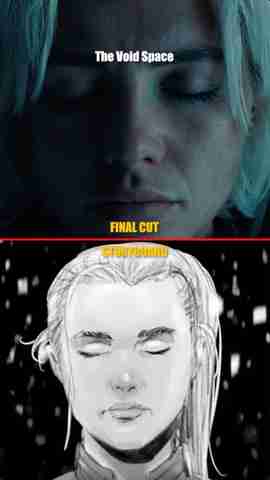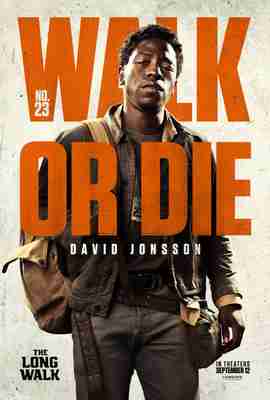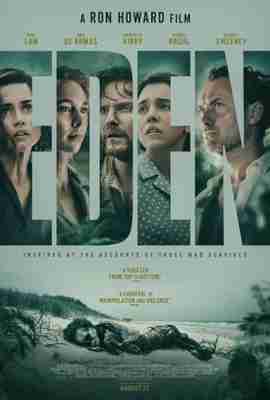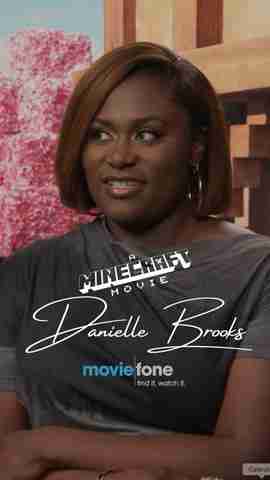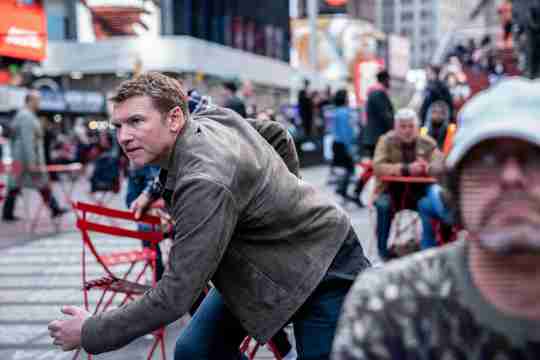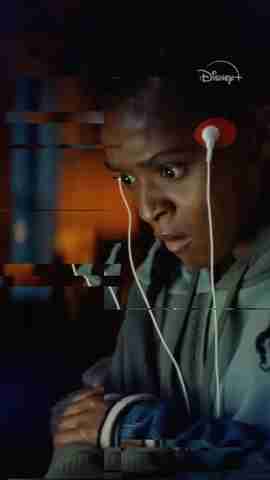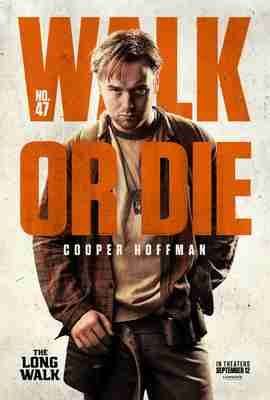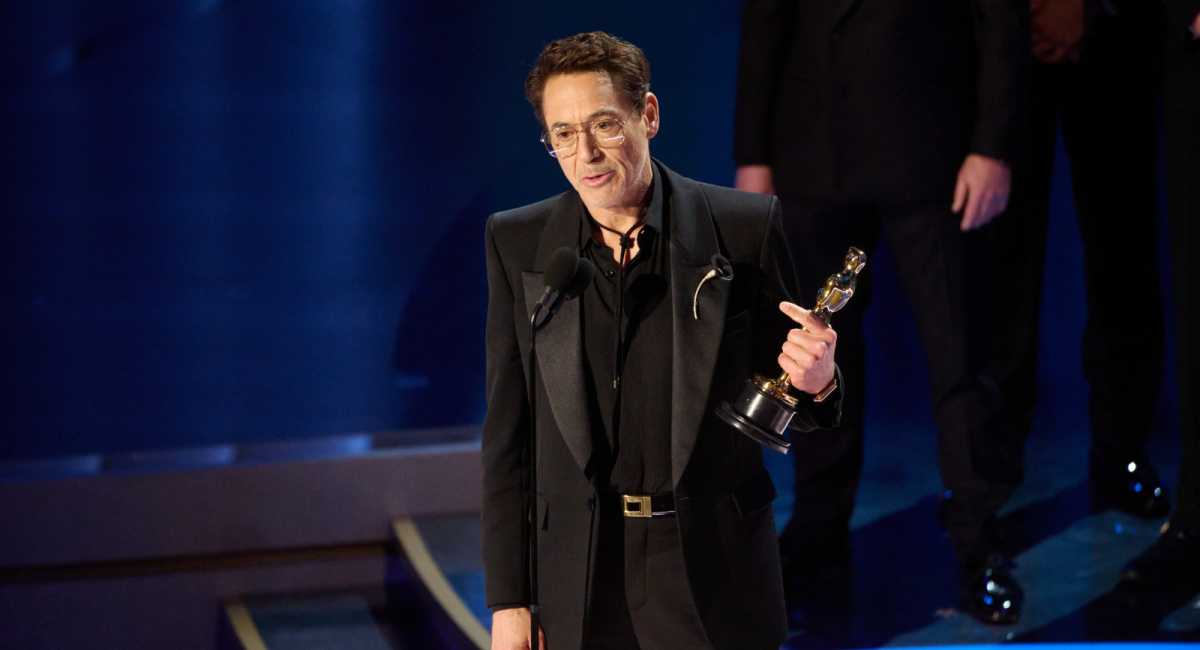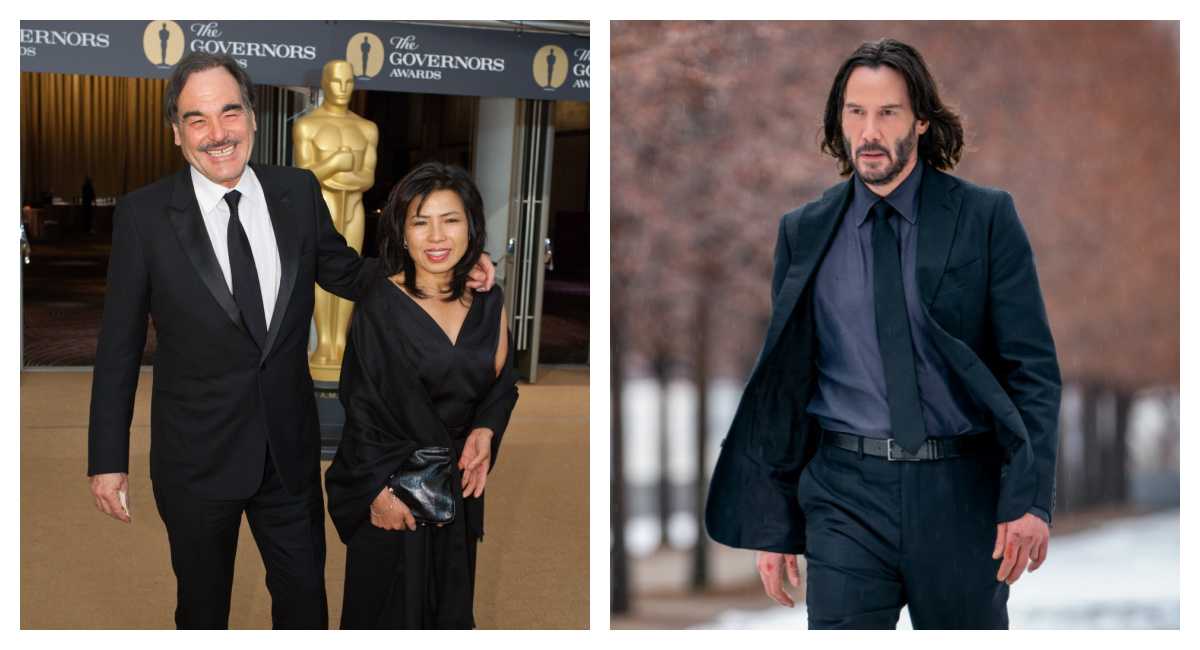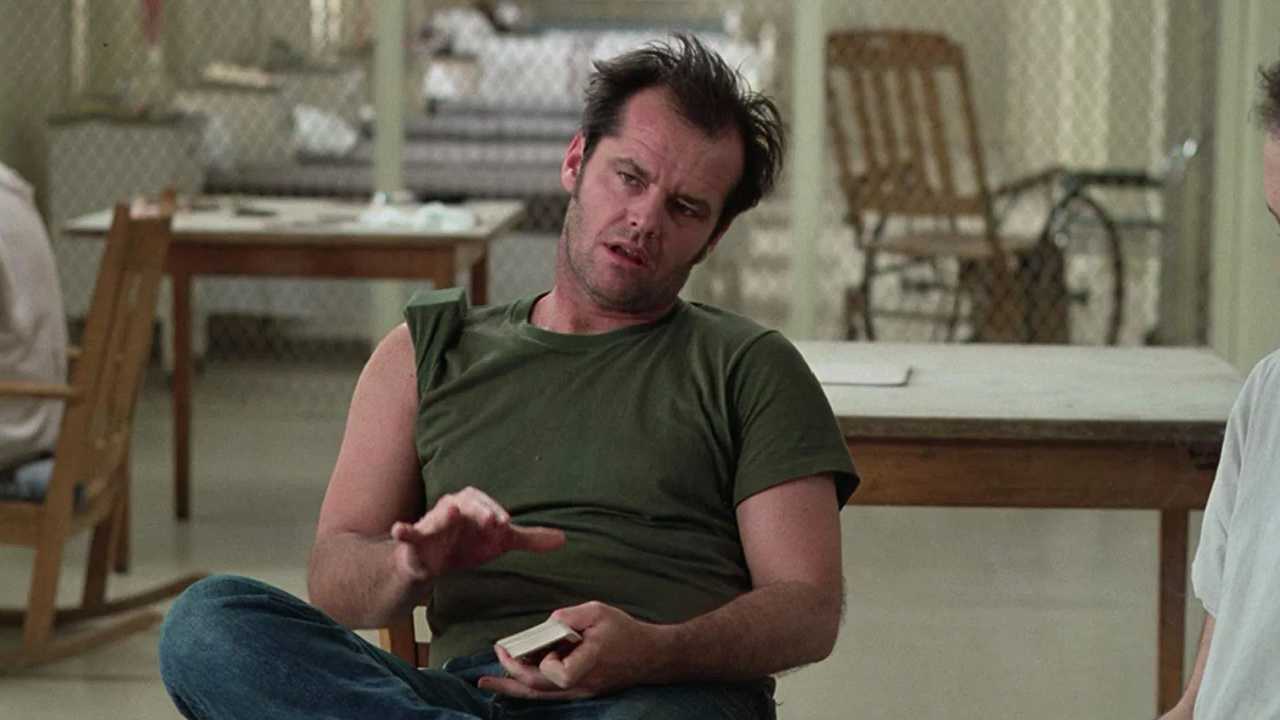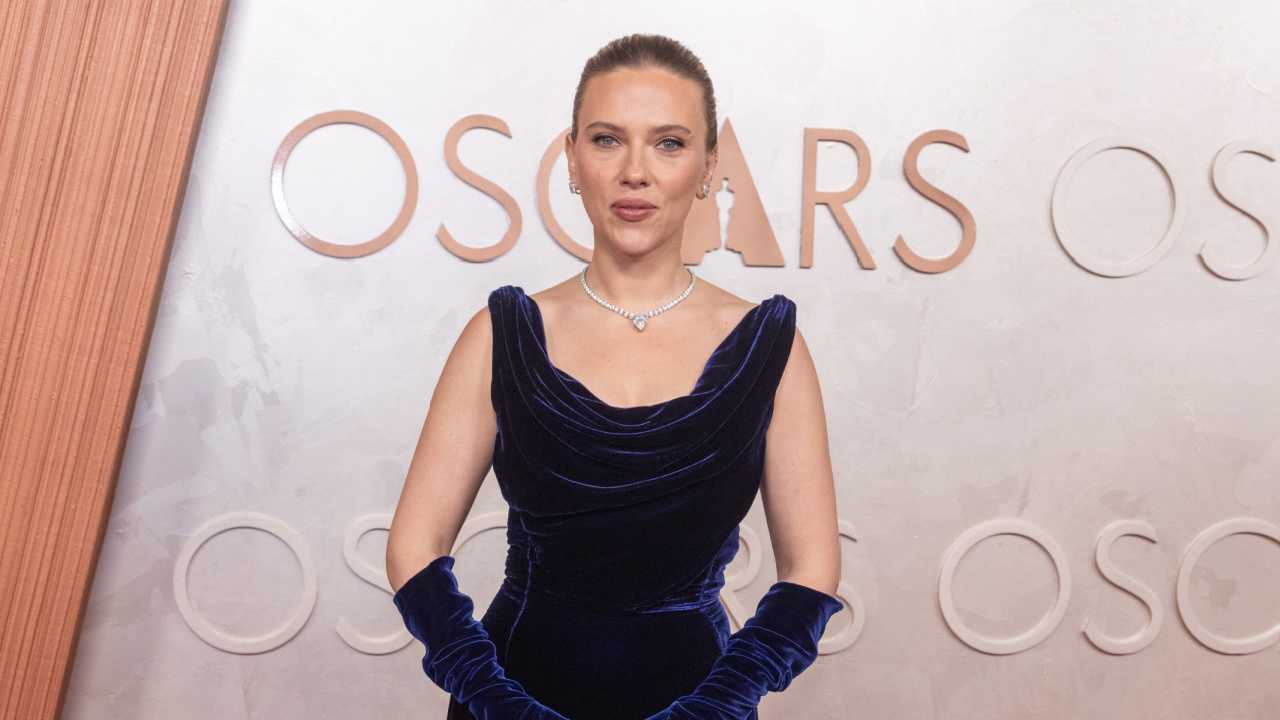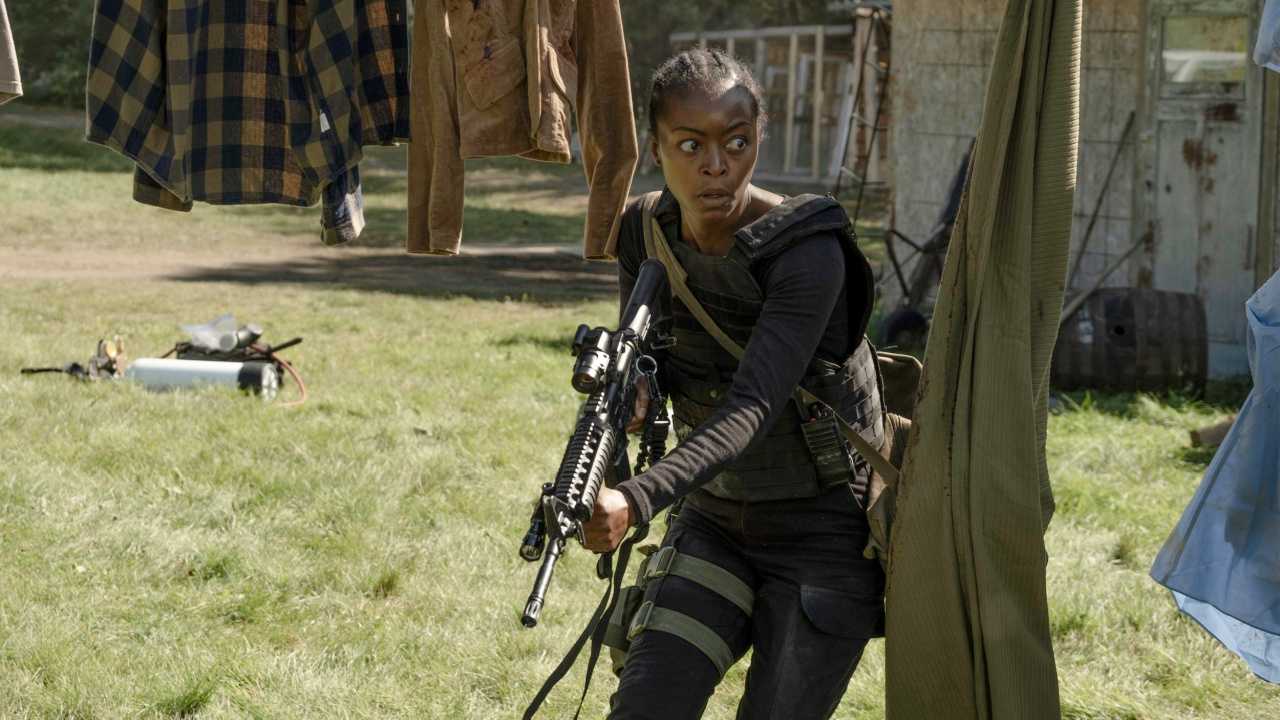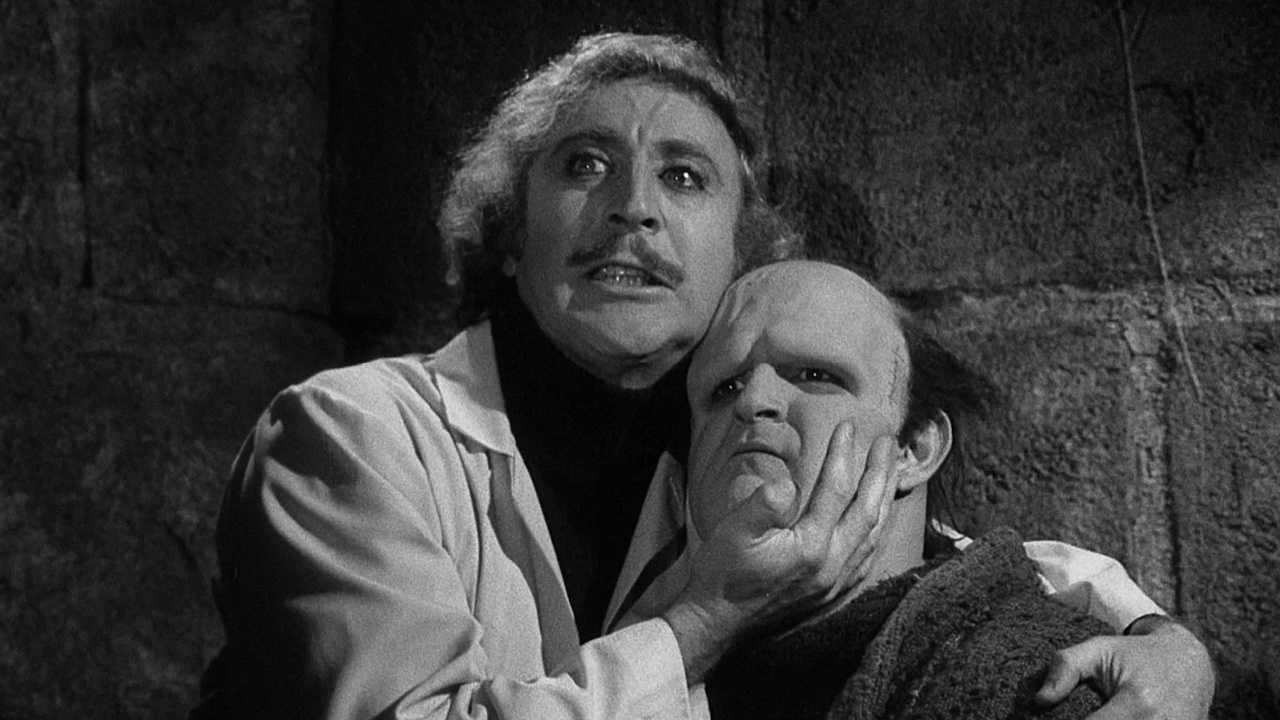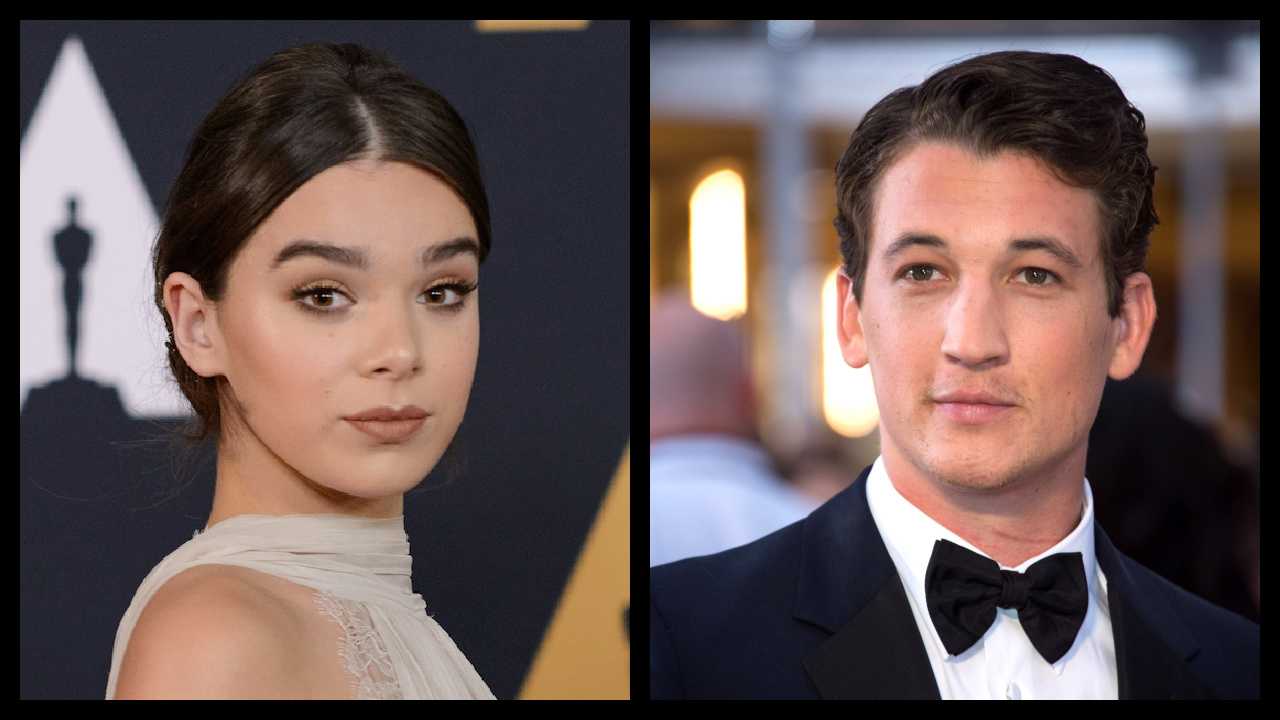15 Things You (Probably) Never Knew About 'Natural Born Killers'
At the time it was released, “Natural Born Killers” was considered one of the most controversial movies ever made. Based on a story by then-newcomer Quentin Tarantino, the film unapologetically depicted a pair of serial killers and the media blitz that they attract, turning upside down the relationship between real and on-screen violence with a brutal satire that only someone like Oliver Stone had the commercial and creative muscle to pull off. Today it remains a galvanizing look at the way that media controls and exploits real-life tragedy for ratings, while also serving as an absolutely singular triumph of technique. As the film celebrates its 25th anniversary, Moviefone looks back at the unique and sometimes troubled production, remembering a time when major studios took big chances with ambitious filmmakers on stories that didn’t merely transport audiences but challenged them to examine and reconsider the world around them.
1. Quentin Tarantino sold producers Jane Hamsher and Don Murphy an option for his “Natural Born Killers” script for $10,000 after he was unable to direct the film himself for $500,000. When Oliver Stone signed on, he, David Veloz and associate producer Richard Rutowski heavily overhauled Tarantino’s script, which is why he retains only Story By credit on the film.
2. Stone initially wanted to make a gritty, violent action film that offered a logistical reprieve after the challenges of his film “Heaven & Earth.” But a number of high-profile court cases that dominated the news during that time (including the O.J. Simpson case and the Tonya Harding/Nancy Kerrigan incident) prompted him to transform the would-be road movie into a commentary about the dangerous role of the media in Americans’ daily lives.
3. Although many real-life murderers and serial killers inspired different aspects of the story and characters, Stone was perhaps most strongly influenced by Arthur Penn’s “Bonnie & Clyde,” and in particular the film’s then-innovative editing techniques, which used footage from different cameras shooting simultaneously at different speeds.
4. Tom Sizemore revealed that Stone would play African tribal music at high volumes in between takes in order to keep up a level of manic energy on set.
5. Cinematographer Robert Richardson broke his finger and a replacement cameraman cut his eye shooting the scene where Mallory runs into the wire mesh and knocks herself out. Juliette Lewis also broke Sizemore’s nose in the scene where she slams his character Jack Scagnetti into a wall.
6. Coca-Cola was reportedly furious to discover what the movie was about after their famous commercial featuring the polar bears was used twice prominently as cutaways.
7. In the scenes involving rear projection, the background footage was shot prior to principal photography, edited together and projected live at the location behind the actors and actresses.
8. The scene where Mickey (Woody Harrelson) and Mallory are apprehended at the drug store was purposely filmed in a way to evoke the Rodney King incident.
9. Oliver Stone used more than 150 rattlesnakes, some real and others fake, for the scene where Mickey and Mallory walk through the field of snakes. Since the scene was filmed at night, the snakes were colder and therefore more sluggish -- if not sleeping -- and therefor less dangerous to the actors.
10. Ashley Judd appears in a deleted scene as a sorority girl who is the only survivor of one of Mickey and Mallory’s killing sprees. Mickey questions her on the stand before stabbing her to death with a pencil.
11. The prison riot was shot at Stateville Correctional Center in Joliet, Illinois. Eighty percent of the inmates there were detained for violent crimes, but they were allowed to participate in the riot scenes with rubber weapons.
12. Stone and Richardson use eighteen different film formats on screen throughout the film.
13. Shooting of the film only took 56 days, but editing it took another 11 months. The finished film features almost 3000 cuts, which is almost four time as many as average.
14. The film was banned in several foreign countries upon its initial release, including in Ireland. The bans were later lifted.
15. The film became a lightning rod for controversy after author John Grisham helped bankroll a court case against Stone and the filmmakers when a young woman named Sarah Edmondson and her boyfriend dropped acid and went on a shooting spree after watching the film. Although the case was initially dropped on the grounds that filmmakers are protected by First Amendment rights to freedom of speech, an appellate court overturned the ruling; Hollywood held its breath for more than four years to see whether the court would find the filmmakers responsible for inciting violence. But the case was fully dismissed in March of 2001.
